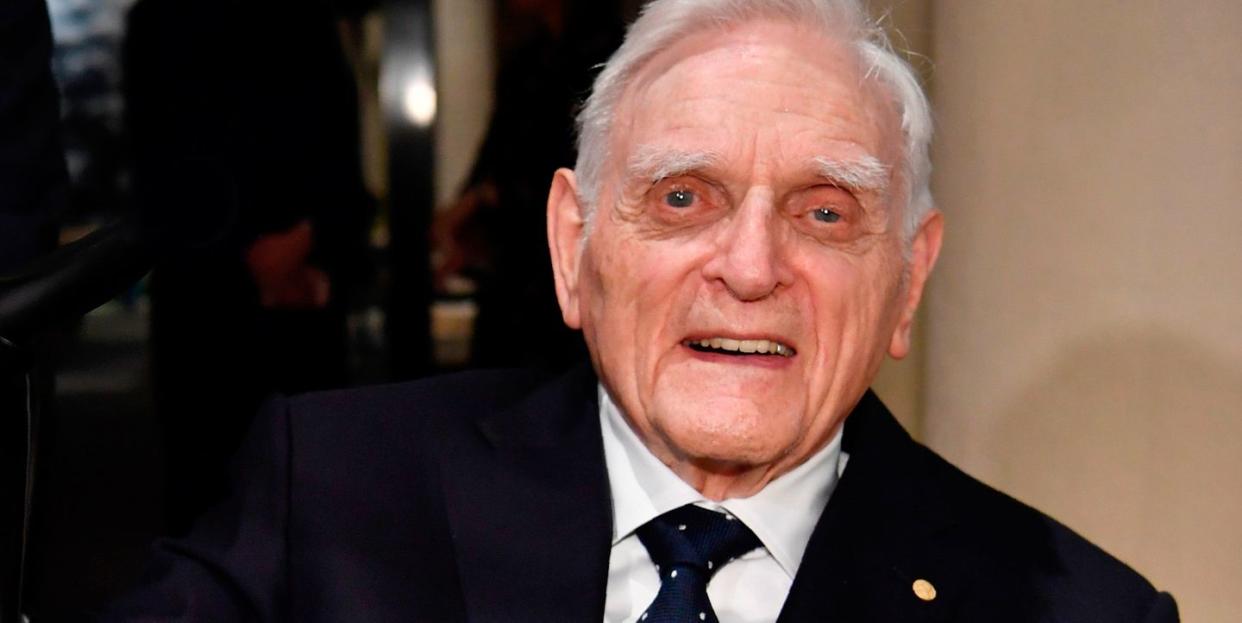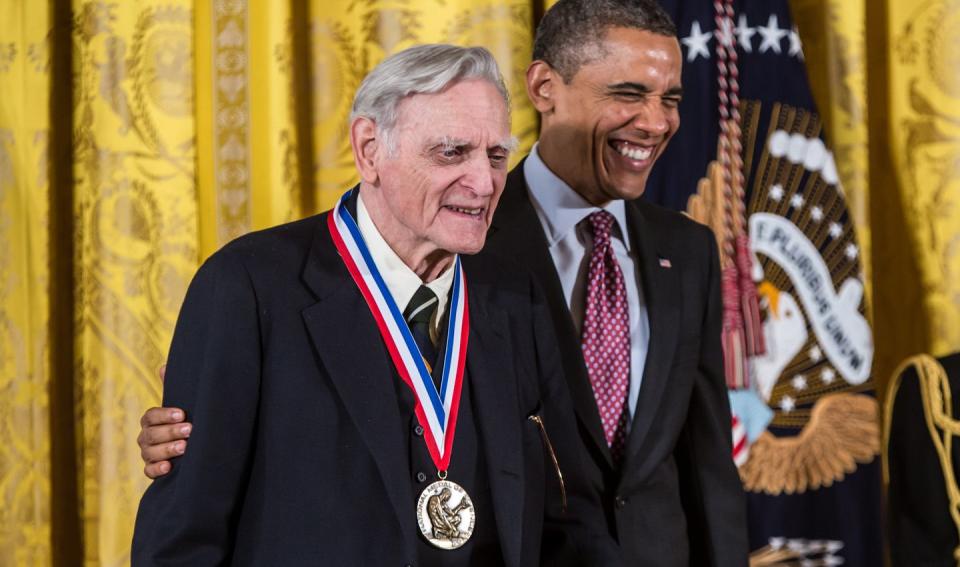John Goodenough Made the Modern EV Possible

In April's issue, C/D examined the "Disrupters," the people, products, and the technology advancements that have helped reshaped the automotive industry. –Ed.
From the April 2020 issue of Car and Driver.
In 1980, at the University of Oxford, John B. Goodenough developed the lithium-cobalt-oxide cathode that enabled the widespread use of lithium-ion (LI) batteries. Today, LI batteries power products ranging from the MacBook Pro to the Tesla Model 3. If it weren't for Goodenough's insight, the electrification of the automobile as we know it may not have happened. And Elon Musk might be only vaguely known as that guy who had something or other to do with processing eBay payments.
The lithium-cobalt-oxide cathode is the positive side of the LI battery. Its use stabilizes the battery so it can withstand discharging and recharging with low risk of developing surface fractures, which can result in short circuits or, worse, fires. Goodenough's cathode essentially turned the LI battery into a viable commercial product. It's an idea worth billions, but Oxford didn't patent it, and Goodenough signed the rights over to the U.K.'s Atomic Energy Research Establishment.

Last year, explaining why he undertook the research, Goodenough told the University of Chicago Magazine, "I just knew it was something I should do." Since then, Goodenough has further refined his ideas and developed lithium-manganese-oxide and lithium-iron-phosphate cathodes. The former are found in many electric cars, whereas the latter are widely used in power tools.
In 2019, Goodenough, Japan's Akira Yoshino, and Britain's M. Stanley Whittingham were awarded the Nobel Prize in Chemistry for their work developing the LI battery. Whittingham invented the first rechargeable LI battery while Yoshino added a carbon-based anode (the negative side) to further increase the LI battery's stability.
At age 97, Goodenough became the oldest person to be awarded a Nobel Prize. Now 40 years removed from that first breakthrough, Goodenough continues his research. Most days, he can be found in his office at the University of Texas in Austin's mechanical engineering department. He's working on a prototype of a solid-state battery that, if it works as expected, will hold a significant practical advantage over internal combustion. "One of the things that's important in the society is to wean ourselves from our dependence on fossil fuels," Goodenough told the New York Times in 2017. "And if we could make an electric car that would be as convenient and as cheap as an internal-combustion engine, we'd get CO2 emissions off the road."
Want more Car and Driver?
Subscribe Now!
You Might Also Like

 Yahoo News
Yahoo News 
